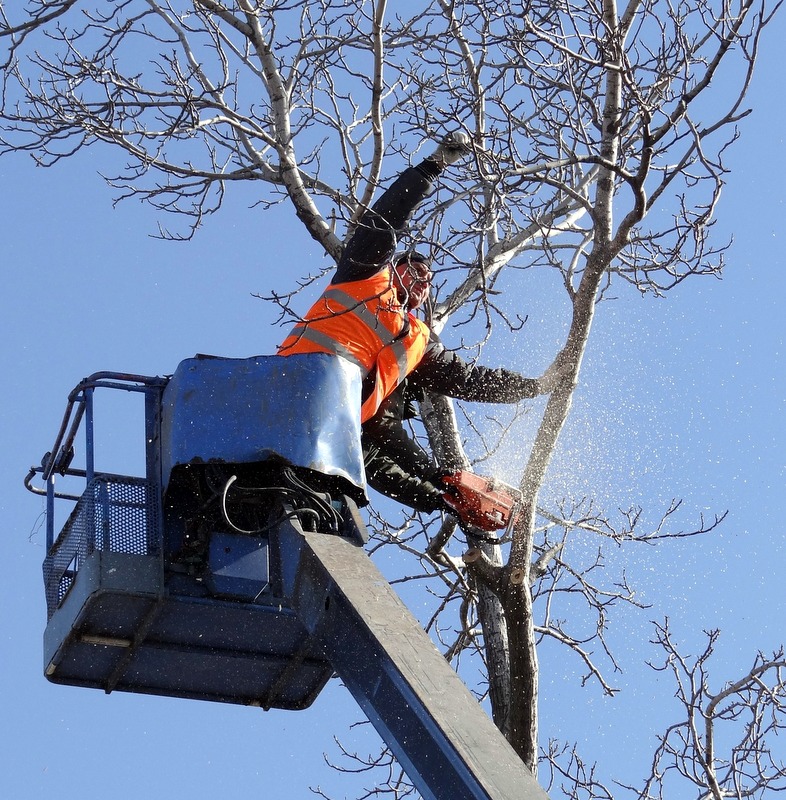
Reader Question: Our neighbor has a tree with branches that encroach on our property and pollutes our swimming pool. Our neighbor says we cannot touch their tree, as it will ruin its shape. Can we rid ourselves of this nuisance?
Monty’s Answer: Many property owners see trees as a valuable resource that adds value to the property. Trees provide shade that can create attractive outdoor spaces or even reduce cooling costs in the summertime. Trees often attract a variety of wildlife and provide protection from the elements. They are also a natural barrier and a major landscaping component that provides beauty and privacy to the surroundings.
Trees can also be a high maintenance item that requires considerable attention and care. Some varieties are “dirty” trees that constantly drop seeds, leaves, dead branches and more. Their root system can damage concrete and clog sewer lines. If they become diseased or die and are left unattended, they can cause considerable property damage and are known risks for human injury and even death.
Some states have laws regulating tree management while others leave this to municipalities, Homeowner Associations (HOA) or the neighbors directly involved. Here is a sample of topics for a municipal or HOA discussion.
The tree owner’s position
Owning property with trees may require management. There are risks to a neighbor having their property encroached upon by tree limbs or roots when the tree owner is not cooperative. Here is an article from a legal website titled “When a neighbor damages or destroys your tree.” Go to http://bit.ly/20zYy6D.
The aggrieved neighbor position
Even with some risk you have a right to defend your property and be relieved of the burden. Below is a general course of action, including additional reference links to consider after a consultation with your attorney.
- Engage a certified arborist to inspect the tree and possibly even the root system and render a written opinion that the tree is healthy or unhealthy. If the tree is healthy, the arborist’s opinion should state you can trim the tree without presenting any risk of damage.If confronted with a diseased or dying tree the rules are different. If the tree presents a safety risk, the owner of the tree is likely responsible for any costs to remove the tree or any damage it causes.
- If the tree is healthy, send the owner a registered letter asking them to trim their tree within a certain period. Tell them that if they do not comply, you will be forced to trim the parts of the tree encroaching on your property. Because the law does not require the property owner to trim the encroaching tree, you will likely be responsible for all the costs you incur in this project. If the tree is dead or dying, be prepared to pay for the costs of removing the branches. It may be possible to recover your expenses. If the tree could fall on your home, and the property owner shuns your demand letter, they will likely be responsible for any damage to your property. If there is a safety risk, you may be able to enter the offending neighbor’s property to fell the dead tree.
- If the deadline passes and there is no action, commission the arborist to trim the branches encroaching on your property. By having a professional assume the task, the risk of an injury to the tree, which could be your Achilles Heel, may be diminished.
Many municipalities have laws on the books that address issues regarding trees. To provide you with a sense of typical laws on the books and help you in a local search, here are two examples:
- An entry from the Phoenix Arizona City Code regarding tree trimming. You can view it here: http://bit.ly/1NIe3US.
- The Phoenix Neighborhood Preservation Ordinance. Section 39-7 – Exterior premises and vacant land. Subparagraph D. Weeds, bushes, trees, and other vegetation. See it here: http://bit.ly/1MJrL4U.
Finally, if you desire even more information about working with your neighbors on some thorny issues, here is a link to a book titled “Neighbor Law: Fences, Trees, Boundaries & Noise” at http://amzn.to/1OtoTj6.
Caveat: Seek a legal opinion from a real estate attorney before acting on what you read here, including the links. Your local attorney and an arborist are critical.


